Volkswagen's Withdrawal of EPA Application Is Not Because of 'Defeat Device' (Update)

Update: Official statement from EPA.
During his voluntary testimony for a congressional committee Thursday, Volkswagen of America CEO Michael Horn announced the company would withdraw their application for emissions certification for 2016 model year Volkswagens powered by 2-liter diesel engines.
However, the reason for that withdrawal is not directly related to the “defeat device” that’s been at the center of the ongoing diesel controversy.
In his his prepared statement, Horn said:
In Volkswagen’s recent ongoing discussions with the regulators, we described to the EPA and CARB that our emissions control strategy also included a software feature that should be disclosed to and approved by them as an auxiliary emissions control device (“AECD”) in connection with the certification process. As a result, we have withdrawn the application for certification of our model year 2016 vehicles. We are working with the agencies to continue the certification process.
(Emphasis mine.)
Also is the key word in this paragraph, as in “in addition to” the defeat device. Therefore, the auxiliary emissions control device is another component — whether legal or illegal — that must be declared to the Environmental Protection Agency on the application for certification. Since the AECD was not disclosed, Volkswagen must withdraw their application.
So, why did a number of outlets attribute the withdrawal of the application to the defeat device? Well, it’s a little complex.
By its definition, according to the EPA at least, a defeat device is an auxiliary emissions control device that “reduces the effectiveness of the emission control system under conditions which may reasonably be expected to be encountered in normal vehicle operation and use.” However, not every AECD is a defeat device.
Auxiliary Emission Control Device means any element of design which senses temperature, vehicle speed, engine RPM, transmission gear, manifold vacuum, or any other parameter for the purpose of activating, modulating, delaying, or deactivating the operation of any part of the emission control system.
What exactly is the auxiliary emissions control device in this case? Only Volkswagen knows for sure at this point. It could be software used to manage fuel delivery to the exhaust system to heat up the catalytic convertor for the purpose of reducing emissions.
Currently, the EPA knows as much as we do.
“Volkswagen did very recently provide EPA with very preliminary information on an auxiliary emissions control device (AECD) that Volkswagen said was included in one or more model years. The U.S. EPA and the California Air Resources Board (CARB) are investigating the nature and purpose of this recently identified device,” an EPA spokesperson told TTAC.
If the AECD is a legal piece of software, Volkswagen must simply declare it and resubmit the application. This scenario is the most likely possibility. It would also allow Volkswagen to, at some point in the near future, sell model year 2016 diesels in the United States.
However, if the software device is illegal, Volkswagen may have some re-engineering and re-explaining to do.

More by Mark Stevenson
Latest Car Reviews
Read moreLatest Product Reviews
Read moreRecent Comments
- Daniel J Our CX-5 has hit its automatic brakes a few times at in very unnecessary situations. My 2018 doesn't have it, but it will shake and throw a warning if it thinks you should brake. Only once was it needed. The dozen or so times it has gone off I was already on the brakes or traffic was in a pattern that just fooled it.
- Kosmo This would become interesting with a turbo and 6MT.
- CanadaCraig 'Afraid' is the wrong word. The question should be, "Do you trust autonomous cars to get you from point A to point B and all points in between safely?" And my answer to that question is 'NO'.
- Daniel J For us it's just woefully underpowered. Put the 2.5T in it then I might consider it.
- Bd2 Such practices are deeply frowned upon by Kia and Hyundai dealerships where consumers sport increasing credit scores and household incomes to boot.


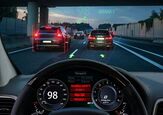















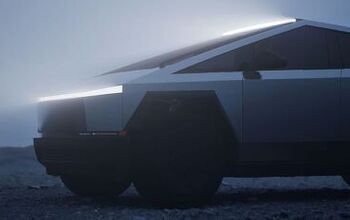


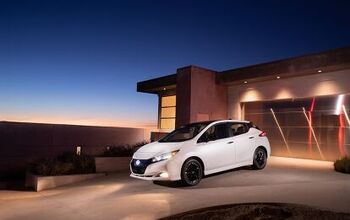





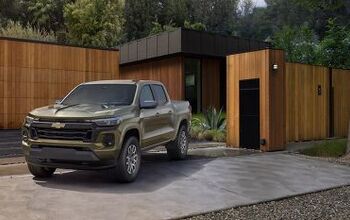
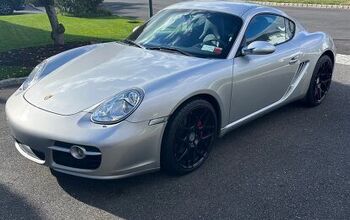



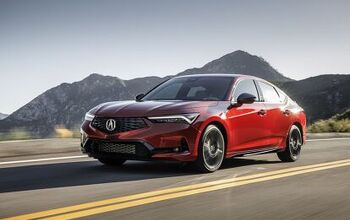
Comments
Join the conversation
Reading this article, there is a lawyer pop up ad at the top "TDI recall compensation". The vultures are out in force.
German prosecutors raided VW offices three weeks after the cheating came out. Plenty of time for VW managers to cover things up, make evidence disappear. Read in a Dutch newspaper that American members of Congress found Horn's testimony that managers weren't aware until recently rather incredulous. IMO, there is some vengeful thinking in VW feeling entitled to all sorts of fiscal arrangements in its battle with EVs and hybrids. If it wasn't going to get any the normal way, special software had to make sure it did.